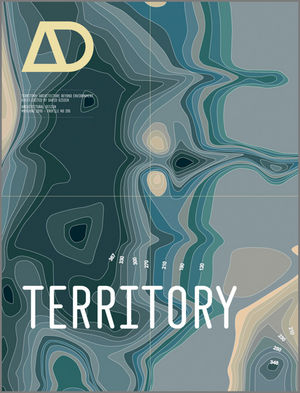Territory: Architecture Beyond EnvironmentISBN: 978-0-470-72165-0
Paperback
136 pages
May 2010
 |
||||||
Much of Gissen’s work examines concepts of nature in architecture, a topic that is becoming increasingly central to architectural thought and practice. His work resists the notion that nature is external to architecture and therefore something architecture can better emulate or mimic. In contrast, his work is formed around a concept of the ‘architectural production of nature’. For Gissen, nature is already laced with architectural historical representations whether we speak of the atmosphere that moves in and out of buildings or the verdant nature within contemporary cities. All of nature has been reworked – literally and conceptually – by the constructs of modern society, including architecture. He believes that what is needed is a new type of architecture and a new type of history that uncovers and projects this reality.
In addition to exploring these ideas in Territory, Gissen authored the book Subnature: Architecture’s Other Environments (Princeton Architectural Press, 2009), which examines those denigrated natures codified and examined within the history of architectural thought (dankness, debris, smoke or mud) from the 16th century to the present. He views the sub-natural as a type of nature laced with a specifically architectural presence and history. Among the contemporary projects examined in the book are those that revel in this historical aspect: Tom De Paor’s Irish Pavilion made of murky Irish bog mud (2002) or Jorge Otero-Pailos’ preservations of the pollution and dust on a factory’s walls (2008).
Finally, Gissen’s research into architecture and nature lead him to examine how such explorations might be the groundwork for new forms of experimental architectural historical practice. This is the subject of a website he authors (htcexperiments.org) and was the subject of his article in the Energies: New Material Boundaries issue of AD (May/June 2009). In this latter work, he examines how various historical practices from early modern history – such as architectural reconstructions of architectural environments or various institutional appropriations – might let loose new appearances of architectural history outside the text.
Gissen is based in the San Francisco Bay Area where he is an assistant professor and coordinator of the architectural history and theory curriculum at the California College of the Arts. He studied architecture at the University of Virginia, Yale and Columbia Universities, and completed his PhD at University College London under the direction of Matthew Gandy and Adrian Forty.



